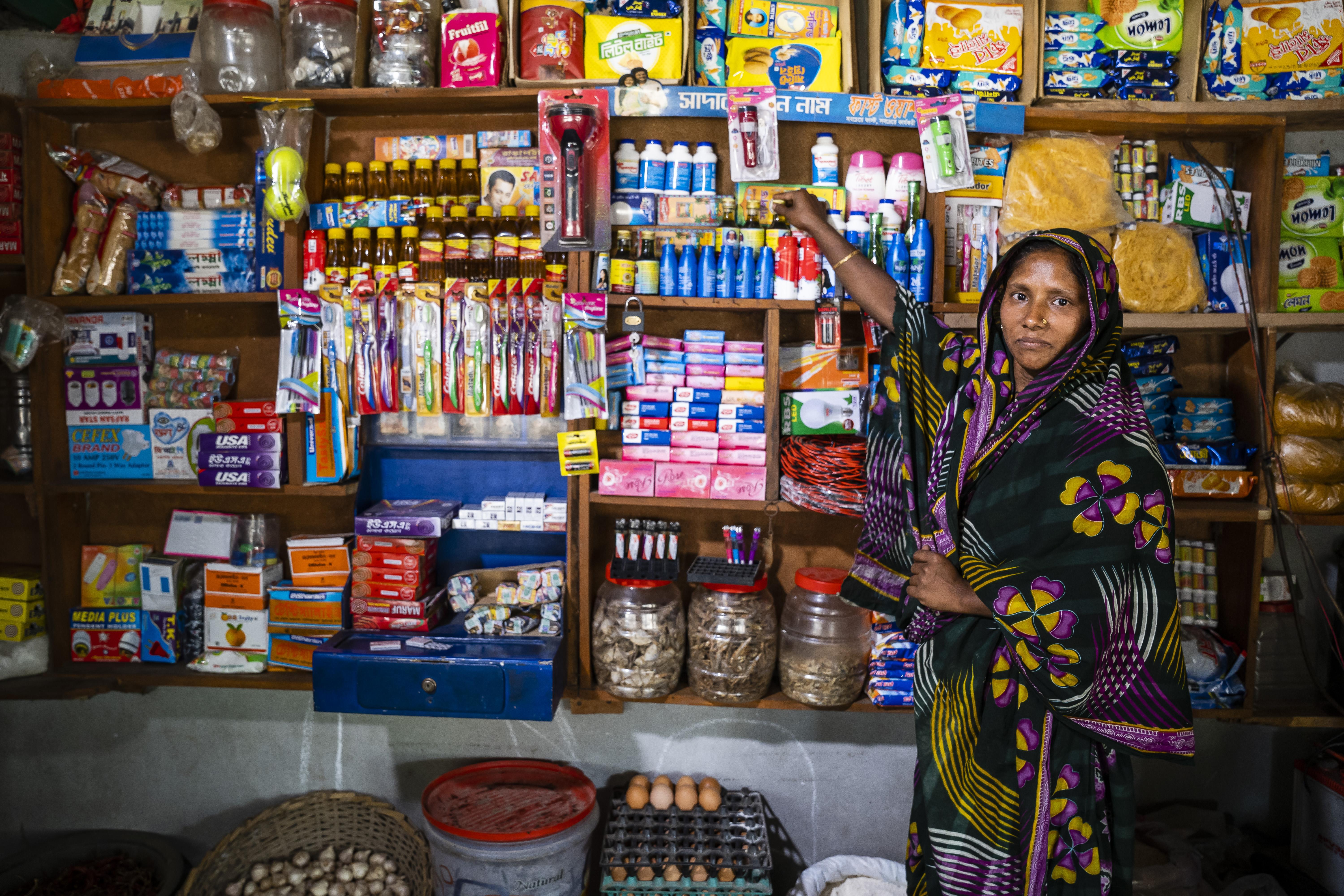Livelihood Restoration Strategy in Cyclone SIDR
Duration: 5 years
Budget: 50 million USD
Period: July 2008 to June 2012
Funding: The World Bank and the Government of Bangladesh (GoB)
Client & Country of Assignment: Financial Institutions Division, Ministry of Finance, Bangladesh.
Role on Assignment: Lead Implementer on behalf of the Financial Institutions Division, Ministry of Finance, Bangladesh.

The Livelihood Restoration Strategy in Cyclone SIDR project, implemented by the Social Development Foundation (SDF) under the Financial Institutions Division of the Ministry of Finance, was a crucial five-year initiative aimed at rebuilding and enhancing the livelihoods of communities devastated by Cyclone SIDR. The project, which ran from July 2008 to June 2012, had a total budget of USD 50 million funded by the World Bank and the Government of Bangladesh.
Targeting 580 villages across five districts severely impacted by the cyclone, the project focused on restoring and improving the livelihoods of vulnerable households, strengthening community-based institutions, and establishing sustainable assets to bolster long-term resilience against future disasters. The initiative also emphasized capacity building for the implementing agencies to ensure effective support, monitoring, and long-term sustainability of project initiatives.
In summary, the Livelihood Restoration Strategy in Cyclone SIDR project not only restored livelihoods in the wake of one of Bangladesh’s worst natural disasters but also laid a strong foundation for long-term development and disaster resilience in the affected regions. By focusing on transparency, inclusivity, income growth, and sustainability, the project significantly improved the quality of life for thousands of rural households while enhancing the capacity of local institutions to manage future challenges effectively.
